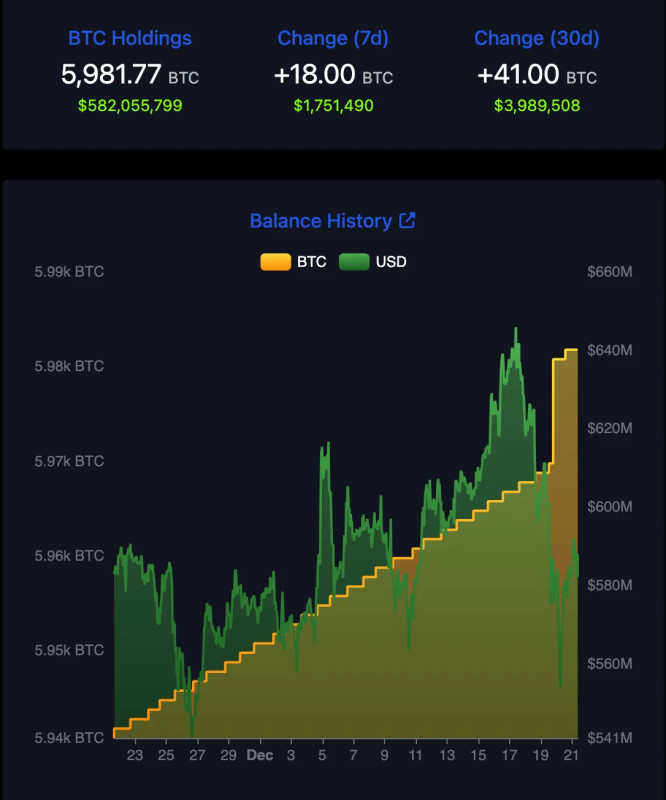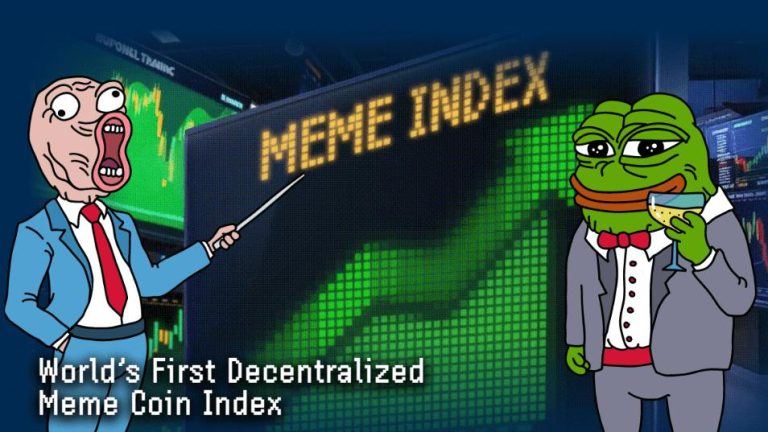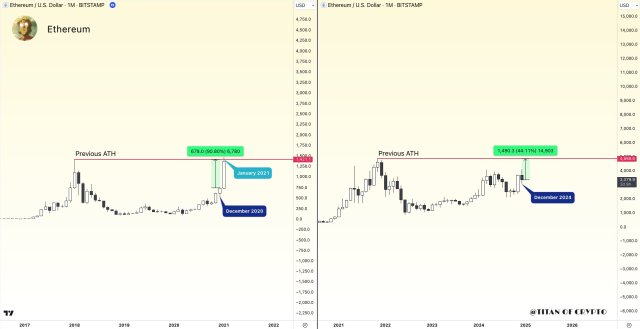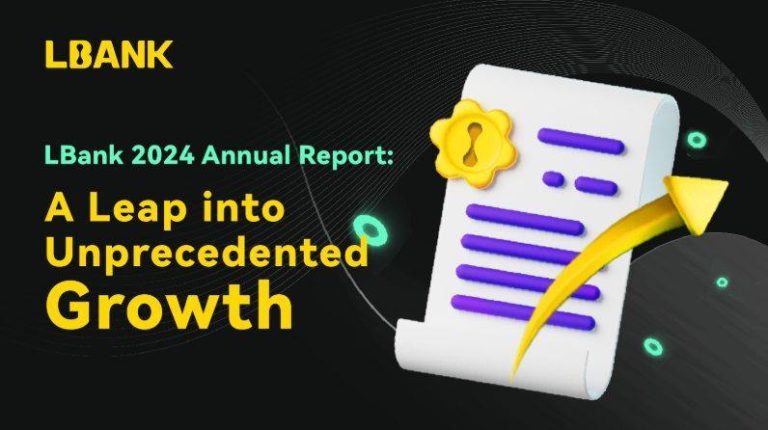<p>The
cryptocurrency market has grown significantly in recent years, owing to the increased adoption of blockchain technology and increased demand for digital
assets. The total market capitalization of cryptocurrencies reached $1.12
trillion in January 2023, with a Bitcoin dominance level of 40.3%.</p><p>As the
cryptocurrency market grows, investors and traders must navigate its
complexities, understand key trends and insights, and be aware of potential
risks. In this article, we will look at the key trends, insights, and risks of
the cryptocurrency market in order to assist investors and traders in making
informed decisions. </p><p>Important
Trends</p><p>Increased
Institutional Adoption</p><p> In recent years, there has been a significant
increase in the institutional adoption of cryptocurrencies. Many major financial
institutions, including Goldman Sachs, JPMorgan, and Fidelity, have begun
offering cryptocurrency-related services, such as custody, trading, and
investment management. This has increased the legitimacy of cryptocurrencies,
as well as investor confidence. </p><p>Payment
Method Acceptance</p><p>Cryptocurrencies
are increasingly being accepted as a <a href="https://www.financemagnates.com/cryptocurrency/the-ongoing-integration-of-crypto-payments/" target="_blank" rel="follow">payment method</a> by merchants and businesses.
Companies like Tesla, Microsoft, and PayPal now accept Bitcoin as payment, and
many small businesses are beginning to accept cryptocurrencies as well. </p><p>Regulatory
Developments</p><p>The
cryptocurrency market has been significantly impacted by regulatory
developments. Governments and regulators all over the world are debating how to
regulate cryptocurrencies, resulting in a patchwork of regulations. Some
countries, like El Salvador, have embraced cryptocurrencies, while others, like
China, have banned them. </p><p>Decentralized Finance (DeFi)</p><p>Decentralized
finance, also known as DeFi, is a rapidly expanding segment of the
cryptocurrency market. Decentralized financial applications and services (DeFi)
are a class of decentralized financial applications and services that use
blockchain technology to provide financial services, such as lending, borrowing,
and trading without the use of intermediaries. </p><p>Market Volatility</p><p>The
cryptocurrency market is extremely volatile, with prices fluctuating quickly
and in unpredictable ways. Several factors contribute to this volatility,
including market sentiment, regulatory developments, and investor speculation. </p><p>Cryptocurrencies
are still not widely adopted, despite increased institutional adoption and
growing acceptance as a payment method. Many individuals and businesses remain
skeptical of cryptocurrencies, and their use is restricted to a small group of
people. </p><p>Market
Manipulation</p><p>Because of its
decentralized nature and lack of regulation, the cryptocurrency market is
vulnerable to manipulation. Pump and dump schemes, spoofing, and insider
trading are all examples of manipulation. Investors and traders must be
cautious and aware of these dangers. </p><p>Environmental
Concerns</p><p>In recent
years, the environmental impact of cryptocurrency mining has become a major
source of concern. Because the mining process consumes a significant amount of
energy, the carbon footprint of cryptocurrencies has been criticized. </p><p>Risks </p><p>Cybersecurity
Threats</p><p>The
cryptocurrency market is vulnerable to cybersecurity threats, such as hacking,
phishing scams, and theft. To protect their digital assets, investors and
traders must use secure wallets and two-factor authentication. </p><p>Regulatory
Risks</p><p>The
cryptocurrency market is vulnerable to regulatory developments. Governments and
regulators worldwide are still debating how to regulate cryptocurrencies, and
regulatory changes can have a significant impact on the market. </p><p>Market
Volatility</p><p>The
cryptocurrency market's high volatility is also a significant risk. Prices can
change quickly and unexpectedly, resulting in significant losses for investors
and traders. </p><p>Liquidity
Risks</p><p>Because
cryptocurrencies are illiquid, it can be difficult to buy or sell digital
assets quickly. This can result in significant price fluctuations, especially
during times of market volatility. </p><p>Crypto Research Guide: How Do I Find the Right Coin?</p><p>From an investor's point of view, there are many
ways to go about investing in crypto. One of them is putting yourself in the
position of the project’s backer. As such, you’ll need to do some proper due
diligence. Here’s how:</p><p>Find Out Who Are They and What They’re Doing</p><p>Background
matters. As such, it is important to know what the creator’s vision is, who the
developers are and how long they’ve been around.</p><p>There have been
reported cases in which entire fake dev teams were created with actual profiles
on known business- and employment-oriented social networks with the sole
purpose of tricking people into investing.</p><p>What Is Their Unique Value Proposition?</p><p>Don’t fall for
the old smoke and mirrors trick. </p><p>Being labeled
as 'the next Bitcoin' or 'the Ethereum killer' means very little if there is no
inherent characteristic or feature which makes it stand out and infuses it with
value.</p><p>If you are looking
at something which does the very same as the original version but only has a
different logo stamped on it, chances are you are better off investing in the
'OG' version of the project.</p><p>Moreover, it is
important to try to understand if the cryptocurrency you are looking into fits
into a certain 'sector' depending on factors you consider important such as, which problem they are trying to solve or which layer they are
operating on.</p><p>A quick way of
sorting these would be to place them into 5 categories: Layer 1, Layer 2, Utility Tokens,
DeFi Protocols, and Metaverse related projects.</p><p>Each of these
will have a different growth potential going forward.</p><p>What Is the Project’s Ecosystem Like?</p><p>Partnerships,
collaborations, integrations. </p><p>All of these
matter when looking at a project and weighing in on its potential as they add
credence to it. The more widespread a project is, the better.</p><p>Tokenomics</p><p>It goes without
saying that if you are looking into investing, you should understand how the
economics of that cryptocurrency token operate and what type of ecosystem its
team is trying to build.</p><p>As such looking
at the project’s whitepaper is essential because you will need to understand if
the project is inflationary or deflationary, its market cap, and so forth. </p><p>Added to that,
it goes without saying that Max Supply, Total Supply, and Circulating Supply
are also metrics you should be looking at.</p><p>TA</p><p>We could not
add technical analysis to the list as it should never be discarded. Even if you
are inexperienced at TA, a simple comparison with the coin you’re looking at
and the BTC chart over the long term should speak volumes in terms of the risk
you will be taking on (at least comparatively). And, if you find yourself taking
on more risk while looking at a smaller reward, reconsider. </p><p>Always Take Things with a Grain of Salt</p><p>When browsing
social media networks and forums like reddit, you occasionally find amazing
content and even expert analysis on some topics. However, more often than not,
you will be met with completely biased viewpoints as the people who have
invested in a coin will have the incentive of pushing it and advocating for
others to do the same. </p><p>Conclusion</p><p>The
cryptocurrency market has grown significantly in recent years, owing to the increased adoption of blockchain technology and increased demand for digital
assets. However, navigating the crypto market can be difficult due to its
complexity and volatility. </p><p>To make
informed decisions, investors and traders must be aware of key trends and
insights, as well as potential risks. </p><p>Among the key
trends in the crypto market are institutional adoption, growing acceptance as a
payment method, regulatory developments, and decentralized finance. However,
investors and traders should be aware of market volatility, limited adoption,
market manipulation, and environmental concerns. </p><p>Among the
potential risks of the crypto market are cybersecurity risks, regulatory risks,
market volatility, and liquidity risks. To mitigate these risks, investors and
traders should use secure wallets and two-factor authentication, stay up to
date on regulatory developments, and manage their portfolios effectively. </p><p>To summarize,
the cryptocurrency market is a dynamic and rapidly evolving landscape that
offers investors and traders both opportunities and risks. </p><p>Investors and
traders can make informed decisions and successfully navigate this complex and
volatile market by staying informed about the key trends, insights, and risks
of the crypto market.</p>
This article was written by Finance Magnates Staff at www.financemagnates.com.

You can get bonuses upto $100 FREE BONUS when you:
💰 Install these recommended apps:
💲 SocialGood - 100% Crypto Back on Everyday Shopping
💲 xPortal - The DeFi For The Next Billion
💲 CryptoTab Browser - Lightweight, fast, and ready to mine!
💰 Register on these recommended exchanges:
🟡 Binance🟡 Bitfinex🟡 Bitmart🟡 Bittrex🟡 Bitget
🟡 CoinEx🟡 Crypto.com🟡 Gate.io🟡 Huobi🟡 Kucoin.





















Comments